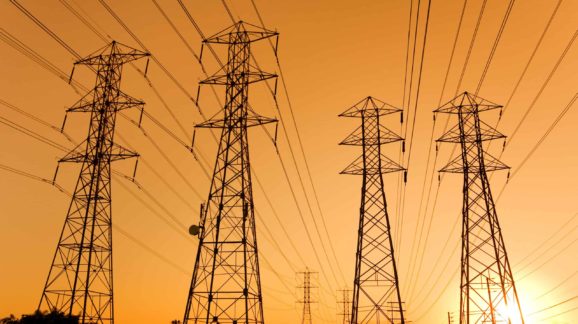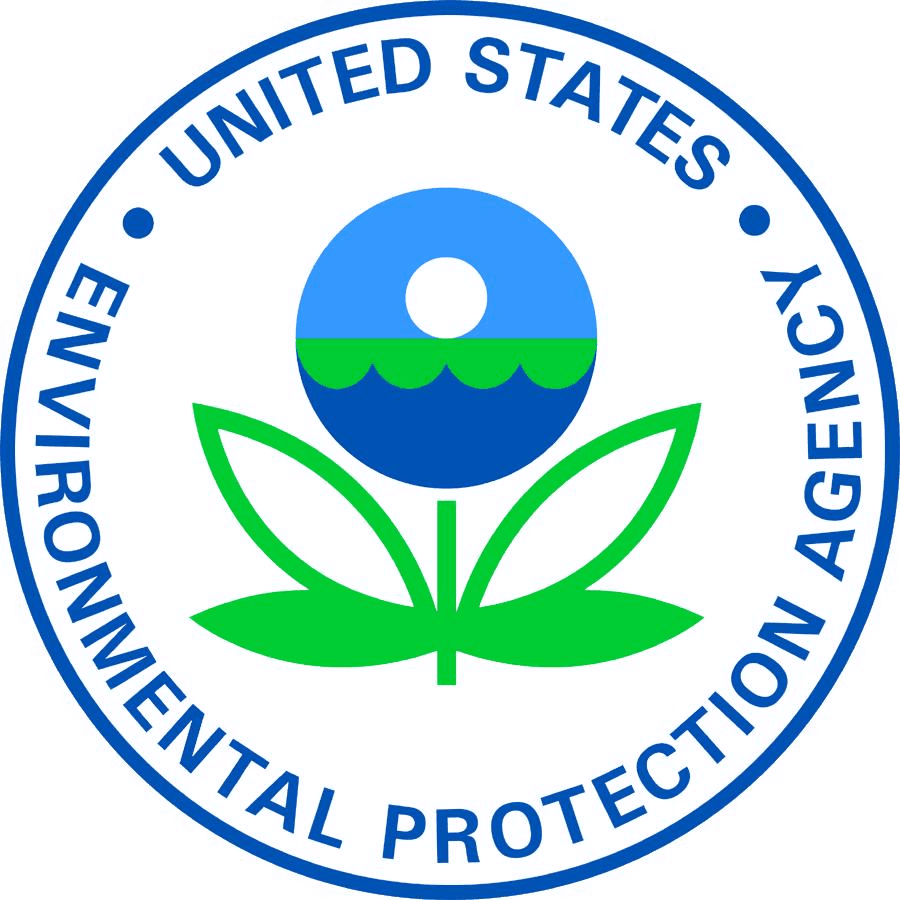EPA Considers ‘What Comes Next’ after Ending Obama-Era Clean Power Plan

 The big news this week is the Environmental Protection Agency’s issuance of an Advanced Notice of Proposed Rulemaking (ANPR) on a replacement for the Clean Power Plan, a nation-wide cap-and-trade scheme that the agency sought to impose during President Obama’s second term.
The big news this week is the Environmental Protection Agency’s issuance of an Advanced Notice of Proposed Rulemaking (ANPR) on a replacement for the Clean Power Plan, a nation-wide cap-and-trade scheme that the agency sought to impose during President Obama’s second term.
Broadly speaking, the ANPR is a brainstorming exercise for what comes in the wake of the EPA’s rescission of the Clean Power Plan. To this end, the agency sets out a non-exclusive “framework” to guide the discussion. Under this framework, EPA seeks comment on:
- The roles/responsibilities states should have in a 111d program (“111d” refers to the obscure statutory provision on which the Obama administration based its decision to regulate greenhouse gases emitted by power plants;
- The appropriateness of existing 111d implementation rules in context of regulating greenhouse gases under 111d;
- The extent of EPA’s involvement to implement a proposed 111d rule;
- How EPA should craft a 111d “Best System of Emissions Reduction”—one that is limited to inside-the-fence-line measures;
- How a 111d GHG program would interact with other permitting regimes.
Big picture: The agency seems to be pushing for no actual standard that all power plants would have to meet, such as the mandatory standard in the Clean Power Plan or a default standard (e.g. Regional Haze’s “presumptive limit”). Instead, it seems to be leaning towards the creation of process whereby states would consider and adopt cost-effective greenhouse gas standards on a source by source basis based on heat rate improvements. If a state thought the costs were too great in light of a plant’s remaining useful life, then the state could demur, so long as it jumped through the appropriate hoops. All controls would be limited to source-specific measures.
The Good: The agency is basing its approach in large part on the recognition that existing rules (from the 1970s) interpret the statutory text to allow for states to opt out if the costs are too high given the benefits. This provision was ignored by the Obama folks.
The Bad: The language regarding the state opt-out authority seems to overstate the extent to which the state’s decision-making is subject to EPA oversight.
The Ugly: The section regarding how a 111d greenhouse gas rule would interact with other regulatory regimes under the Clean Air Act doesn’t even mention the “112 exclusion,” a legal argument (once-back by the NRDC!) that the agency doesn’t have the authority to issue greenhouse gas rules under §111d, because the Congress did not want to subject sources to regulations beyond what is required to control hazardous air pollutants. This was a major argument advanced by states opposing the Clean Power Plan. It’s a complicated, but powerful, reasoning that I explain here.
Critical Thoughts:
- EPA should have mentioned the 112 exclusion. The comments solicit input on “what comes next,” but the agency doesn’t recognize that perhaps Congress didn’t intend for anything to come after the Clean Power Plan, because lawmakers never intended for 111d climate rules to begin with. Of course, any state or private party is free to make this case in court, but only EPA’s imprimatur can lend this interpretation judicial deference. I’m not saying that I think a replacement rule is a bad idea; rather, I’m saying that EPA should have considered the aforementioned 112 exclusion, especially since it played such a prominent role in litigation over the Clean Power Plan. It’s an argument that developed out of state attorney general offices; you’d think EPA would at least recognize it, given Administrator Pruitt’s worthy focus on truly cooperative federalism.
- A 111d replacement does not comport with “back to basics.” Setting aside the 112 exclusion, another problem with the ANPR is that it conflicts with Administrator Pruitt’s “back to basics” agenda. The 111d replacement is a non-date-certain duty. In fact, it is one of the agency’s hundreds, even thousands, of non-date-certain duties under the Clean Air Act. These non-date-certain duties are logically and legally less of a priority than the agency’s date-certain duties (i.e., “the basics”). Crucially, the EPA is wholesale failing to meet its date-certain non-discretionary duties. Spending time and resources on a replacement rule, in the face of myriad more pressing responsibilities simply makes no sense given the administrator’s priorities.
- A 111d replacement conflicts with Pruitt’s “sue and settle” policy. The Clean Power Plan was issued pursuant to a voluntary settlement agreement. In this manner, a major reason that a non-date-certain duty like the Clean Power Plan took precedence over all the other agencies’ responsibilities is because of said settlement. That is, greens effectively dictated the agency’s priorities through litigation. Administrator Pruitt’s new policy was supposed to mark the end of this sort of priority-setting (i.e., policymaking) through litigation.
Notwithstanding Criticisms, This Could Be Worse: I like the idea of there being no standard, but rather a process. When combined with an unequivocal limit to inside-the-fence-line controls, we’re talking an appropriately minimal rule, statutorily speaking. Still, I’m not sold this is worth the time, given the 112 exclusion and other more pressing statutory responsibilities (though I see the case for having some sort of controls).